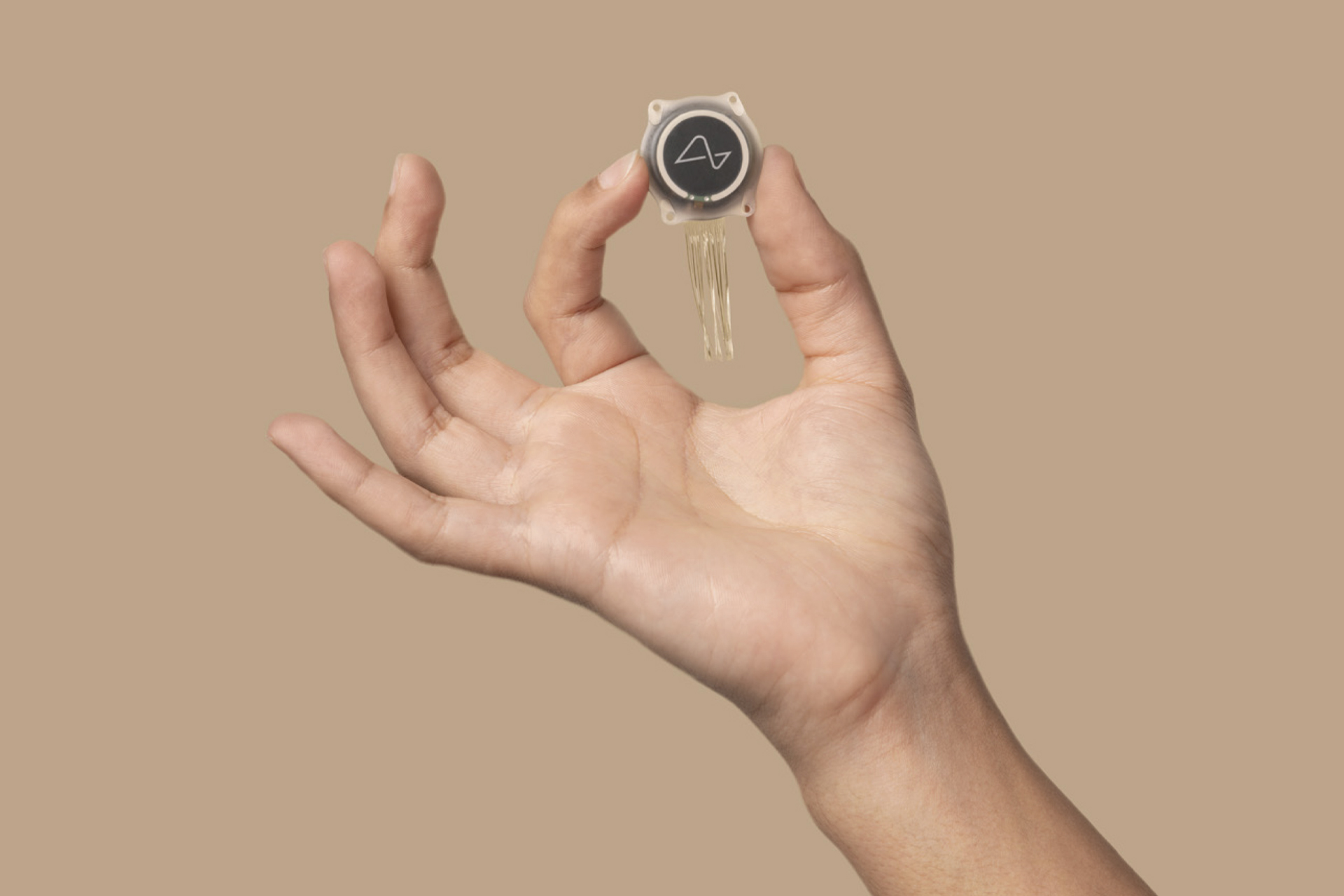Neuralink, the brain-computer interface (BCI) company founded by Elon Musk, has reached another milestone. In a recent interview streamed on his platform X Musk revealed a third brain implant patient got his Neuralink device.
Neuralink’s Progress So Far
Since its first implant a year ago, Neuralink has made significant advancements. The devices now feature more electrodes, higher bandwidth, and longer battery life. Musk expressed optimism about expanding its reach, stating the company aims to implant the experimental device in 20 to 30 more individuals by the end of the year.
Although details about the third recipient remain undisclosed, updates about the first two patients highlight the potential of Neuralink’s technology:
The second patient, paralyzed due to a spinal cord injury, has been using the implant to play video games and create 3D objects with computer-aided design software.
The first recipient has also leveraged the device to enjoy activities such as chess and gaming.
The Bigger Picture of Brain-Computer Interfaces
Neuralink is not alone in exploring the possibilities of BCIs. Over 45 trials are underway globally, focusing on applications ranging from treating brain disorders to overcoming injuries. For instance, other companies like Synchron, Blackrock Neurotech, and Onward Medical are making strides using alternative approaches, such as less invasive methods and combining neural recording with stimulation.
Rajesh Rao, co-director of the Center for Neurotechnology at the University of Washington, noted that Neuralink stands out due to its robotic implantation of flexible electrode threads. These threads promise to record from more neurons than other interfaces. However, the long-term advantages of this method remain to be seen.
Regulatory and Ethical Oversight
In 2023, Neuralink received permission from the U.S. Food and Drug Administration (FDA) to begin human trials. High-risk devices like Neuralink’s require extensive regulatory review, including investigational device exemptions and oversight by institutional review boards (IRBs). These measures ensure patient safety and ethical standards.
While Neuralink’s progress generates excitement, it is part of a broader wave of innovation in BCI technology.
The journey ahead remains challenging, but the potential benefits for individuals with paralysis and other neurological conditions are transformative. With more clinical trials on the horizon, the world is watching closely as Neuralink and its peers push the boundaries of what’s possible.









